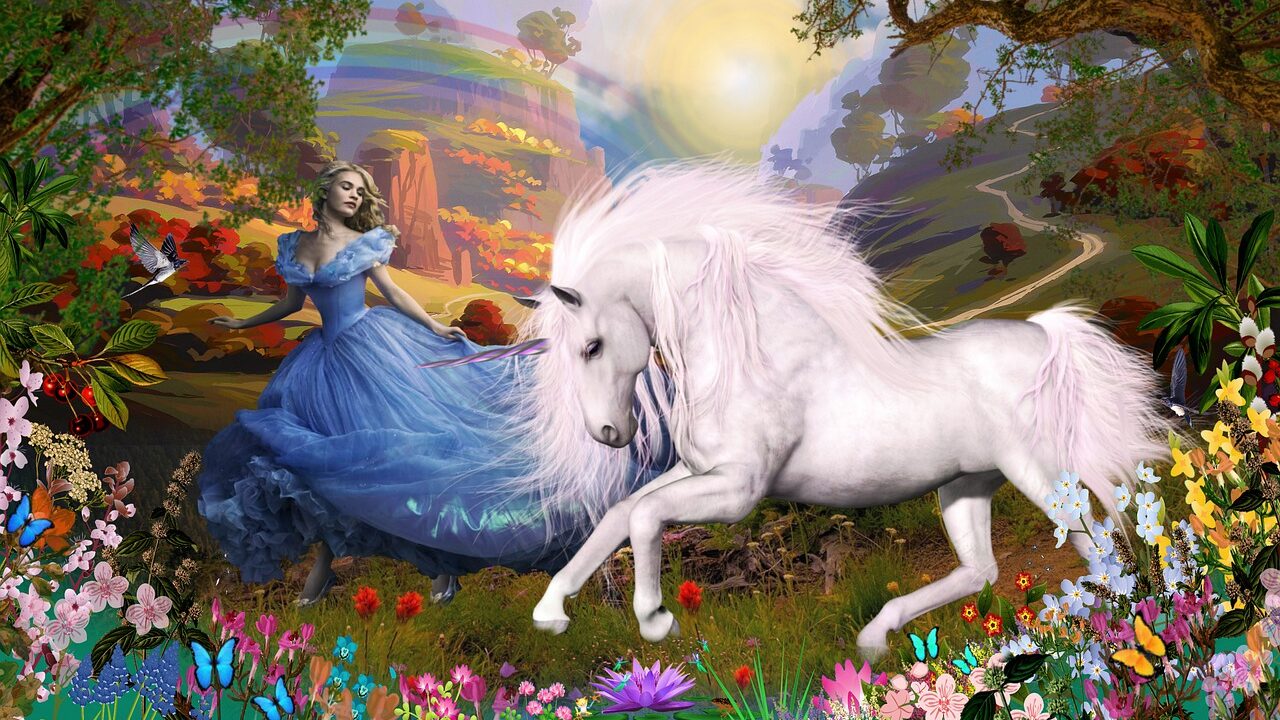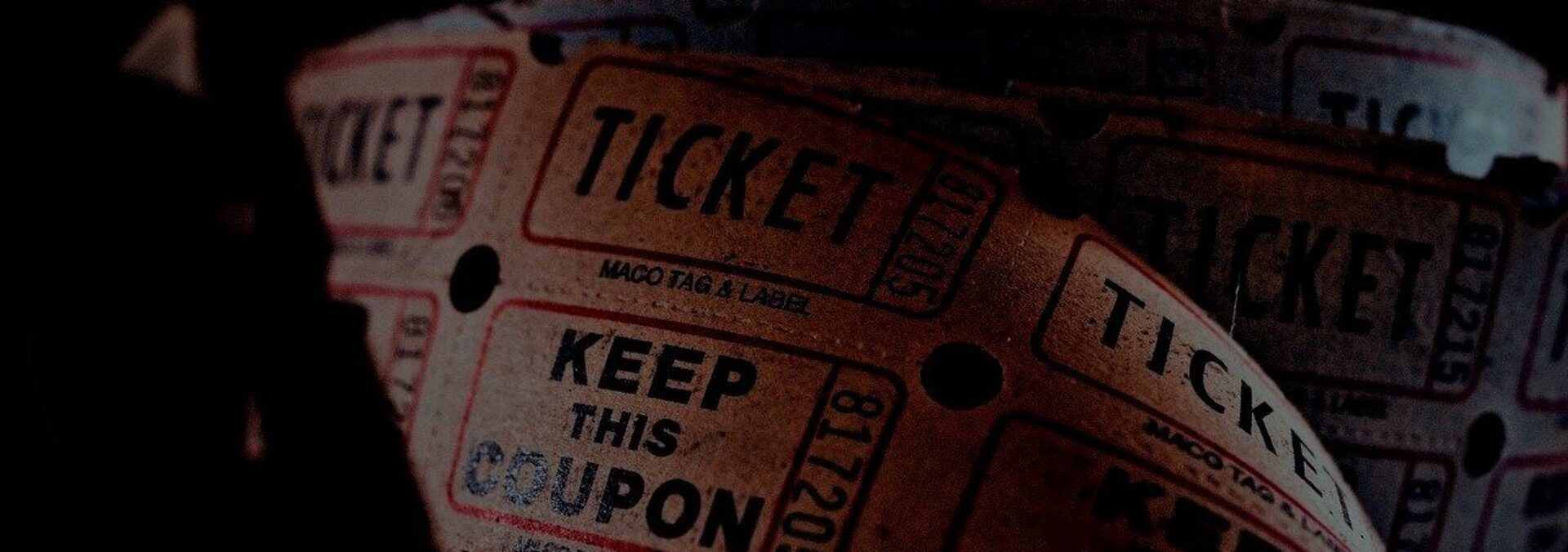
Napoleon Bonaparte, Jesus Christ, Abraham Lincoln, Count Dracula – no, this is not a strange associative series, but the most popular characters in the history of cinema, most often found on big and small screens. And if with historical personalities, and why so much is filmed about them – everything, in principle, is clear, then let’s remember the incredibly popular fictional characters, which we were given by the imagination of very talented people of the past. After all, among them not only the vampire, the detective, the princess, but even – a talking doll and the faithful dog breed collie. All of them have their roots in literature, all of them have influenced entire layers of cinematography and have become iconic figures in their own way.
Count Dracula, first film appearance – 1921
Count Dracula first entered pop culture through the novel of the same name by Irish writer Bram Stoker in 1897. The mysterious and powerful Romanian vampire had a prototype – Prince Vlad Tepes, who got his nickname “Dracul” from his father, who was a member of the Order of the Dragon. About the ruler of Wallachia in the 15th century rumors varied, about his cruelty in the legends. Whether they are true, or the machinations of numerous enemies – a job for history enthusiasts. But filmmakers have always cared about the Count from Stoker’s popular book, but directors and screenwriters have altered the character beyond recognition, leaving the most famous vampire as a universally intriguing villain for all generations. Dracula has been seen in movies and TV series, he has intrigued and killed in the past, present and future, he has battled in comic books and video games, his phenomenon is studied by psychologists, cultural studies and literary scholars, he himself has been a villain, a tragic and comic figure, and even sometimes a hero. He has been played by Max Schreck, Bela Lugosi, Christopher Lee, Gary Oldman, Leslie Nielsen, Gerard Butler, Jonathan Rhys Meyers, Luke Evans and many other fine actors. The last high-profile appearance of the vampire count occurred in 2019 in the massive mini-series from the BBC – “Dracula.
Sherlock Holmes, first film appearance – 1905
The heroes of Arthur Conan Doyle’s classic detectives – Sherlock Holmes and Dr. John Watson – will easily challenge Count Dracula for the number of citations in world cinema. And if Count Dracula wins by the number of different versions of his character, the famous stories about detective Sherlock Holmes and his comrade Watson are officially the most directly screened works of world literature, equally popular all over the world. Virtually every country with a developed film industry has filmed its own version of the adventures of the gentlemen from Baker Street, be it the Soviet Union with the perfect Livanov-Solomin duo, or Japan, where the great anime author Hayao Miyazaki himself worked on a local version of the famous detective and his companion. Sherlock Holmes burst into the new millennium in all its glory – the Guy Ritchie dilation with Robert Downey Jr. and Jude Law, the original British series about modern Sherlock, which made Benedict Cumberbatch and Martin Freeman real international superstars, and the American modern version in the TV series Elementary with Johnny Lee Miller and Lucy Liu. Even a parody comedy starring Will Farrell as Holmes came out a couple of years ago. But the last critically acclaimed appearance of Sherlock Holmes on the big screen was in 2015, when Sir Ian McKellen played the title role in the dramatic detective “Mr. Holmes”, not directly based on the works of Conan Doyle, but very precisely and movingly revealed the essence and character of the most famous detective on the planet.
Pinocchio, first film appearance – 1911
Carlo Collodi’s original text, Le avventure di Pinocchio: storia di un burattino (The Adventures of Pinocchio: The Story of a Wooden Doll), was published as a novel in a children’s newspaper, and after its resounding success, in 1881, as a separate storybook, became one of the most famous works for children in the history of literature. And in 1911 it was among the first European children’s silent films. Alexei Tolstoy’s version of the wooden boy Pinocchio appeared as early as 1936, and a few years later the first Eastern European screen adaptations. And, of course, the two-part TV movie The Adventures of Buratino from 1976 became a particularly cult movie. In the U.S. it was the second classic cartoon from Walt Disney Studios “Pinocchio” in 1940, not only recognized as a classic for all time, but also the absolute favorite of the box office, cinemas more than once returned the popular cartoon on their screens. Since then, the story of Pinocchio has appeared on the screens in the form of films and TV series, puppet, classic and computer animation. Tapes were released in Europe, the States, Asian countries, because the touching story of growing up, disobedience, friendship and fatherhood was relevant to absolutely everyone. The most recent appearance of Pinocchio took place just this year in “The Adventures of Pinocchio” from the famous director Matteo Garrone, in which the role of the woodcarver father was played by Oscar winner Roberto Benigni, while the makeup, special effects and music were the responsibility of numerous nominees and winners of the American Film Academy.
Cinderella, first film appearance – 1899
Among all the famous heroines of fairy tales, which we conventionally call “princesses,” the most quoted in movies remains the beautiful Cinderella – a kind, sweet, hardworking girl who confronts her very evil relatives. Known to us by European interpretations of Giambattiste Basile, the Grimm brothers, and Charles Perrault, the tale is actually one of the most famous folklore stories in human history. After all, the first Cinderella, named Rhodopis, was found in Egyptian papyri and was an honest girl from Greece. The first groundbreaking movie about Cinderella came out as early as the 19th century, and mainstream pictures of the silent film era came out from 1911, and in that era the great actress and director Mary Pickford was the epitome of the heroine. Later, Cinderella became both a character in Disney animation and the protagonist of major productions of the Golden Hollywood era. Even Drew Barrymore played a post-feminist version of Cinderella in the ’90s, and Hilary Duff and Selena Gomez played Cinderella in American modernity. The last big-budget version of the famous story came out in 2015, when Disney Studios unveiled a large-scale game version of its famous cartoon, where the classic princess was Lily James and the stepmother was the incomparable Cate Blanchett. But the movie business can’t stop and now, in 2021, a new musical version of the Cinderella story is promised where the main role will be played by the pop star Camila Cabello. That really is a story for all times.
Lassie, first film appearance – 1943
All of today’s many films made about the friendship between man and pet – trace their roots back to the legendary collie named Lassie. The first stories about the friendship between a dog and a boy were released in 1938, and it did not take long for Hollywood to consider the incredible appeal of such a story, especially in the difficult times of war. The legendary Metro-Goldwyn- Mayer Studios acquired the screen rights from writer Eric Knight and in 1943 released Lassie. Return Home”, where his very first film role played the legend of cinema, the beautiful Elizabeth Taylor. Three years later, the actress returned in one of the sequels to the story. All told, MGM alone made about a dozen classic films and a TV series about the adventures of the adorable collie Lassie and her friends. Gradually, when MGM could not own the rights for screen versions of the story, a lot more films, TV tapes, serials and animations about the life of the wonderful dog appeared, which were produced in the USA, Europe and Canada. In Ukraine, one such series, “Lassie”, a Canadian production, came out at the turn of the 90s and 2000s. This year, Eric Knight’s classic novel was adapted into a modern version of the story in the new film “Lassie. Homecoming.” By the way, and now the title role is “played” by a descendant of the very first “actor” – the dog Pal, who played the collie girl in the 1940s. Such a cycle in the history of cinema.
